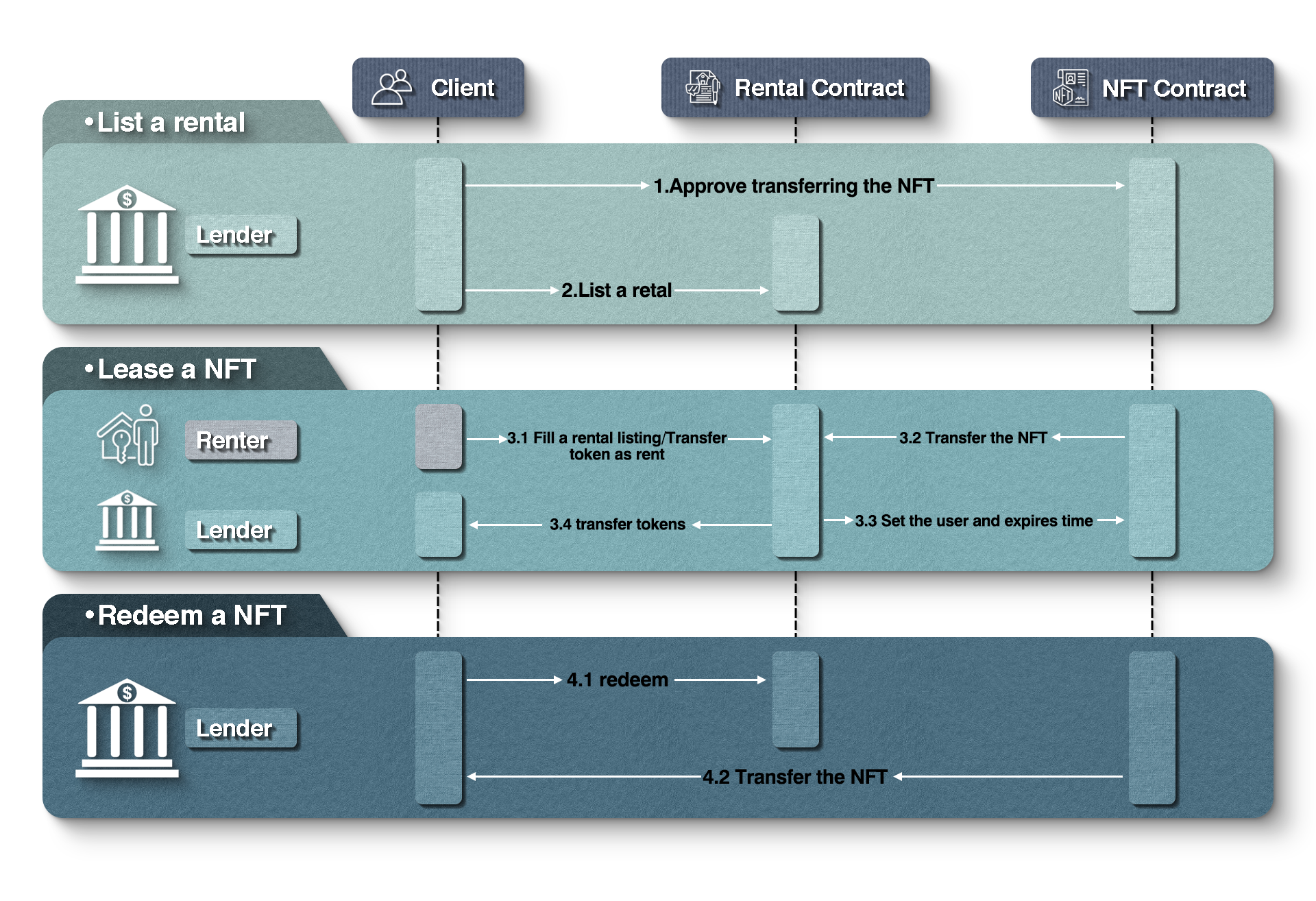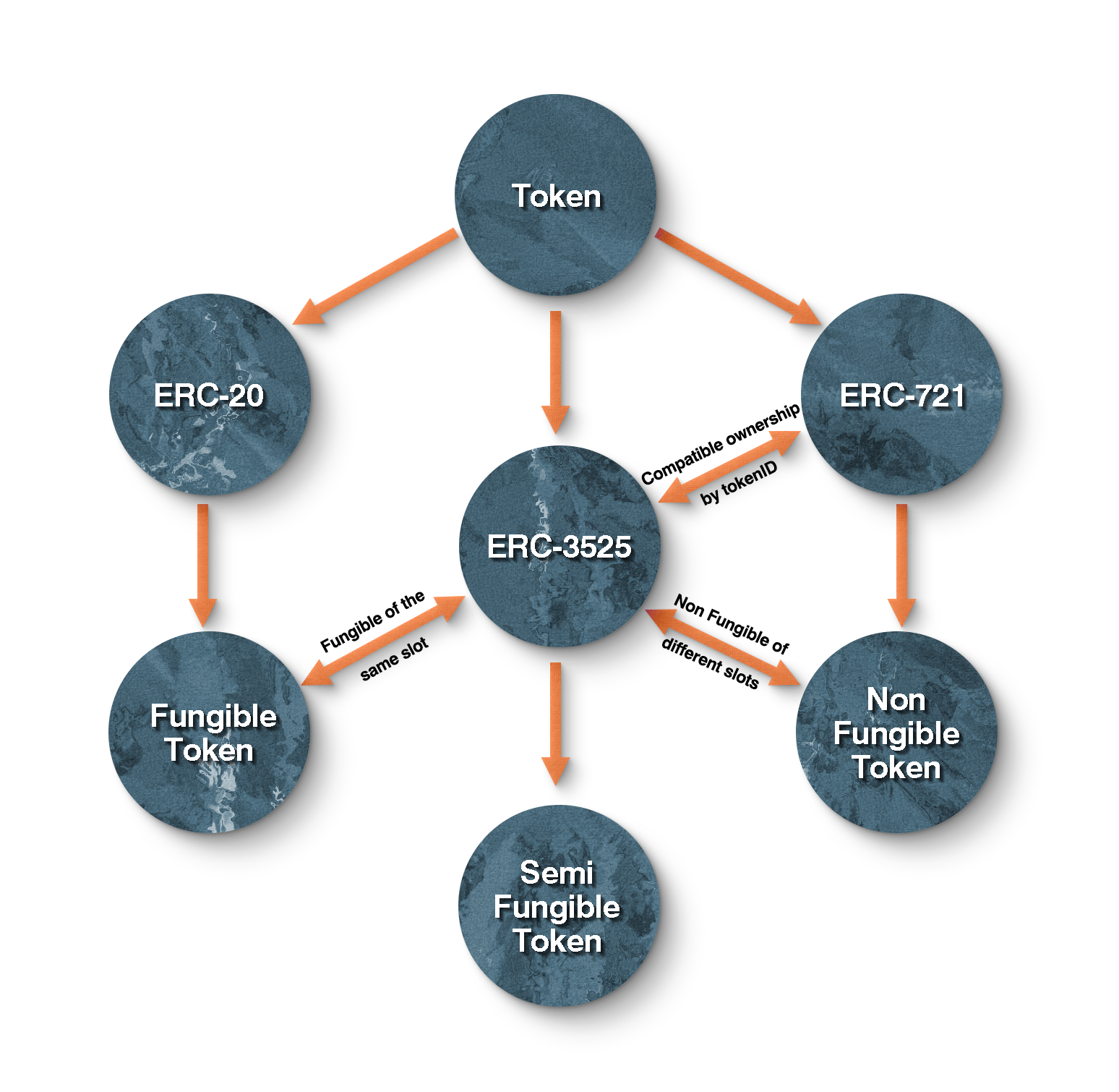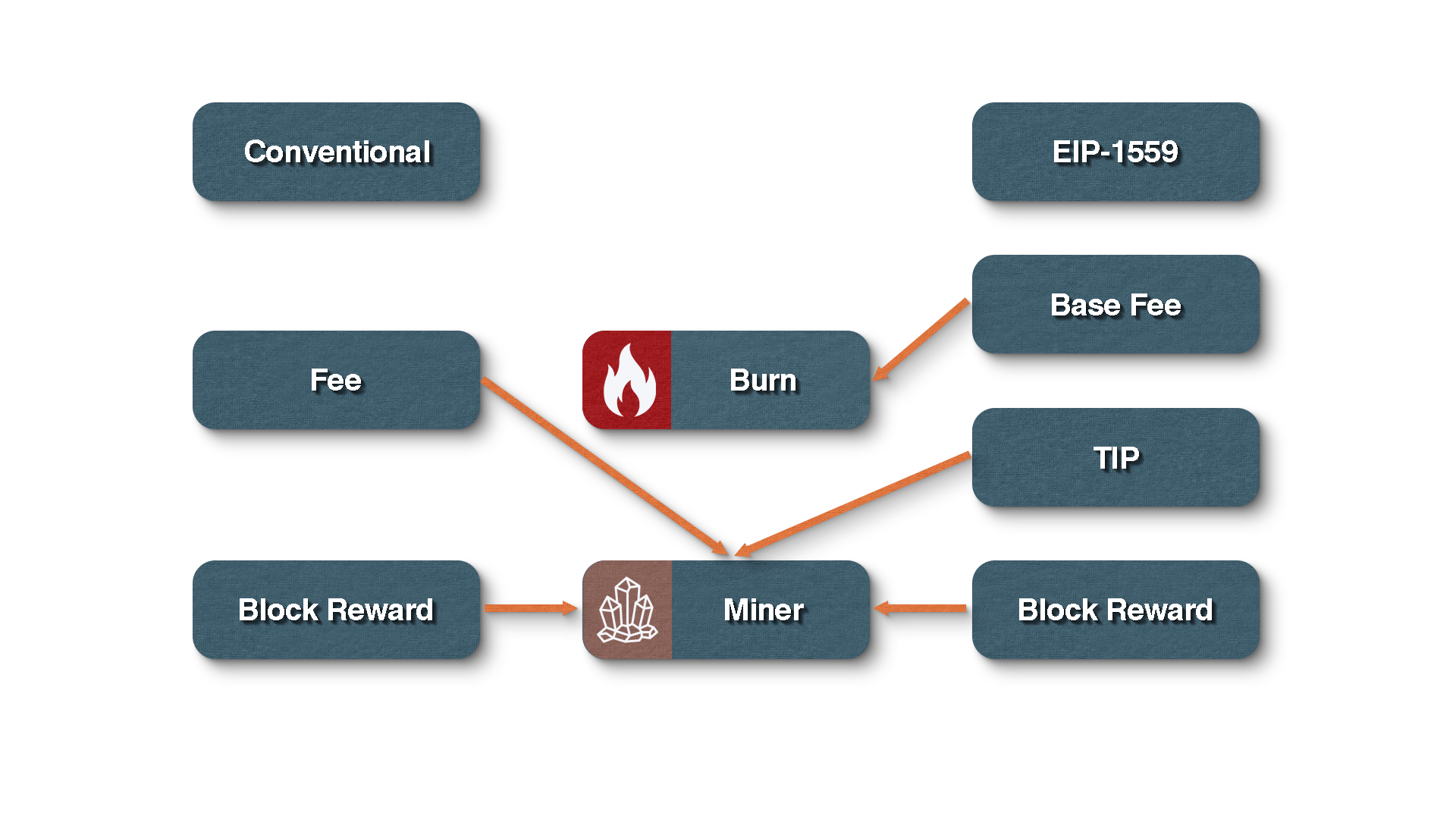Present By @DoubleProtocol @RealResearchDAO @BitMetis
The fast development of NFT drives its application to a wider range and becomes rather important, especially in Gamefi.
But with the rise of the Gamefi sector’s requirements, like various gameplay and more complex tokenomics, the ERC-721 Standard no longer meets the increasing demands, which, as a result, brings attention to other ERC Standards.
This article will break down three ERC Standards being adopted or to be adopted in Gamefi, hopefully it can give you a new perspective on the space.
ERC-4907: NFT Rental Protocol for Increasing Liquidity
-
The ERC-4907 standard is an extension of ERC-721 that introduces the dual roles of ‘owner’ and ‘user’ at its application layer and is based on the architecture of Decentraland LAND NFTS/ENS Domain Names, both of which have this feature
-
The ERC-4907 is fully compatible with the ERC-721, it streamlines NFT rentals through an automated ‘expires’ function which enforces the time-limited role of the user.
-
The ERC-4907 standard enables users to gain access to the owner’s NFT briefly but does not grant the user the right to transfer or change the state of the NFT.
-
The adoption of ERC-4907 will unlock rental possibilities in blockchain games from the contract level.

ERC-3525: Semi-Fungible token standard
-
ERC-3525 is a Semi-Fungible token standard designed by Ryan Chow and members of the Solv Protocol. It is an NFT's scalability token standard, in which each token is unique and exclusive, and it can be split, merged, and traded.
-
For example, the game equipment can be upgraded and merged. The computability and composability of SFT can significantly simplify the development difficulty and improve the liquidity of virtual commodity trading, thus enriching playability to a large extent.
-
Besides, this protocol also limits the out-flow of in-game assets through taking. Under the ERC-3525 Standard, staking can be mandatory instead of optional: if a player wants to sell NFTs, he must stake half, and the other half can be tradable. Additionally, the tradable part can still be offered an extension (like 7 days).

EIP-1559
-
EIP-1559 aims to improve traffic flow on the network by setting a base fee for transactions and increasing the block size that holds these transactions.
-
While in blockchain games, it’s more like algorithmic stablecoins, only to be triggered in settlement of the Play to Earn model, changing the 50% gas limit to the difference between output and consumption. Based on the need for moderate inflation of game assets, the difference is set to a dynamic value greater than 0 and less than 0.5.
-
When the output minus consumption starts to be greater than that value, the reward decreased, and vice versa, the reward increased
-
Eventually, organic control of output and consumption can be achieved without excessive inflation or deflation.

Overall, each Standard severs different functions:
-
ERC-4907 Standard makes NFT rental more normative and secure, advancing the NFT liquidity to a large extent
-
ERC-3525 Standard focuses on the composability and playability of in-game NFTs
-
EIP-1559 helps to optimize the scale of a token’s inflow and outflow
We believe in the future, these ERC Standards will make a splash in the transition of Gamefi from gold farming to playability and quality.
About BitMetis
The world’s leading decentralized Game-Fi distribution Network.
Real-time Data|Trending Events|Guides|Click-to-Earn Bounties
Where to find us?
Twitter:https://twitter.com/BitMetis
Discord:https://discord.com/invite/pp6CBntccT
All Links:

